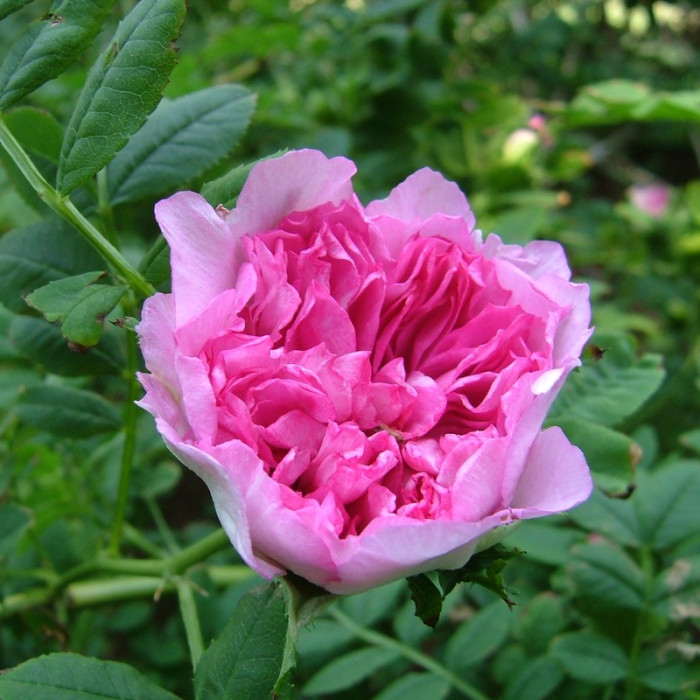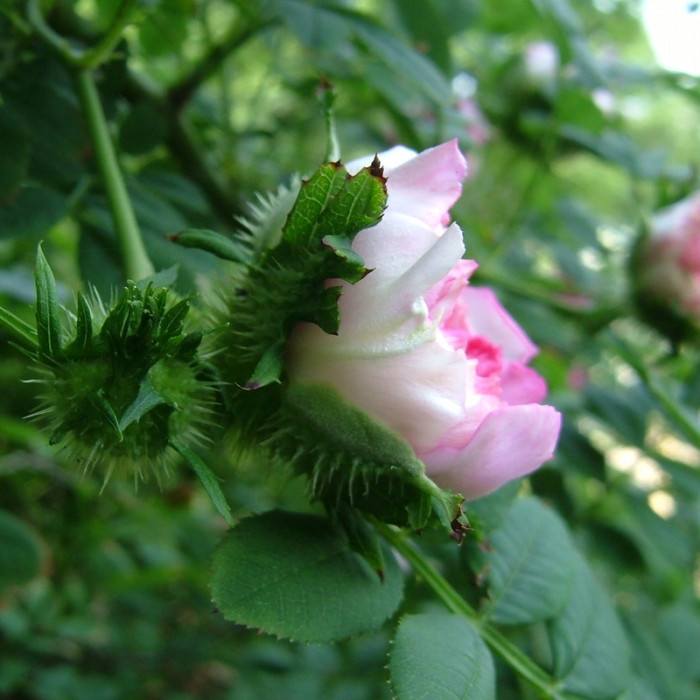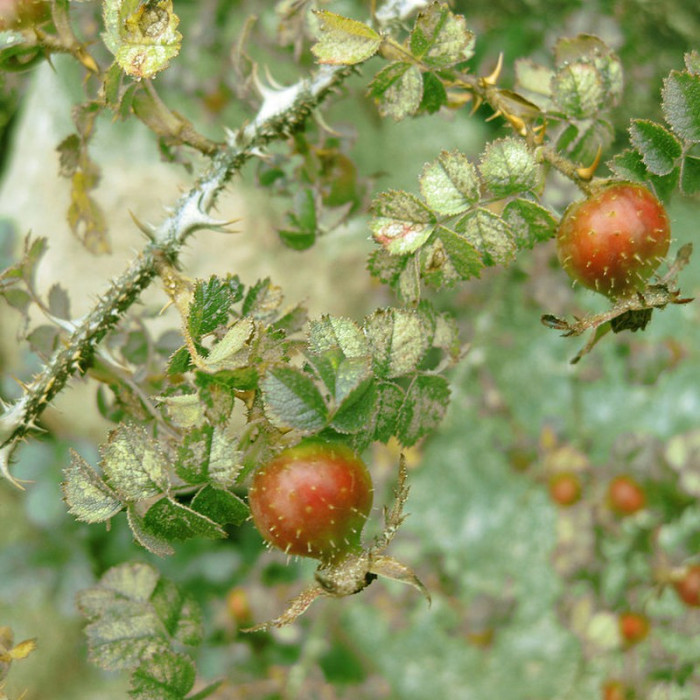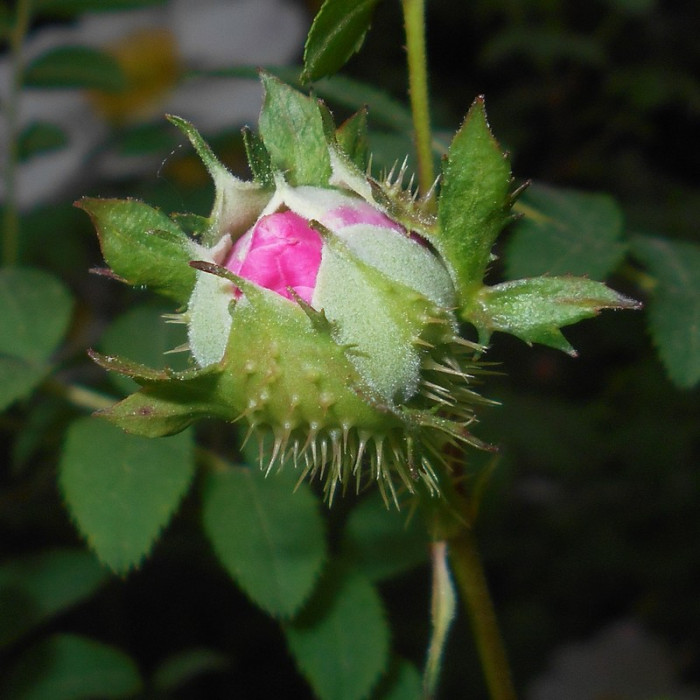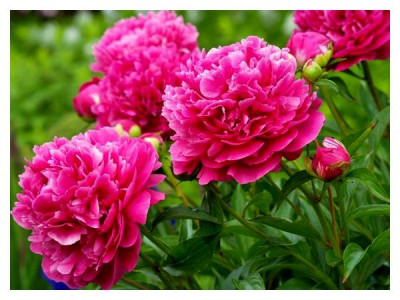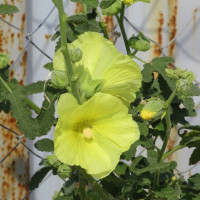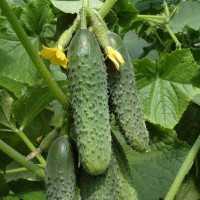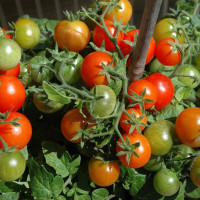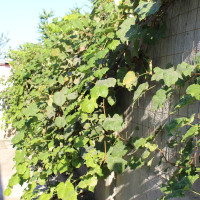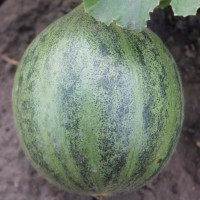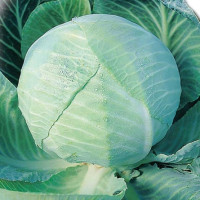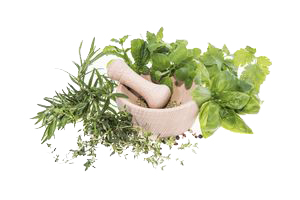Chestnut rose or burr rose, or chinquapin rose / Rosa roxburghii - shrub reaching 1-3 meters in height. Flowering in May-June, repeating. The flowers are pale pink, brighter when blooming, have a faint aroma. 1 flower develops on the stem. The leaves are compound, unpaired pinnate. The fruits are large yellow, in appearance they resemble the fruits of a chestnut. Disease resistance is very high. The most decorative from May to September.
Frost resistance zone: 5 a. In snowless and frosty winters, light shelter is necessary.
Prefers full sun, can grow in partial shade.
The soil is fertile, loamy, rich in nutrients. All roses respond positively to regular feeding. Before winter or early spring, fertilizers containing nitrogen, phosphorus, magnesium, and iron are applied. Then a full range of specialized microelements is added. Later feeding can be repeated, preferably in liquid form. Towards the end of summer, the application of nitrogen fertilizers must be stopped. Prefers regular moisture during growth and flowering. Poorly tolerates stagnant moisture. Withstands drying of the soil, but this adversely affects flowering. pH 5 - 6.5
It is used as a tapeworm for large compositions, a plant for strengthening slopes, a stock for cultural forms and varieties of this species.

No questions about this product, be the first and ask your question.


